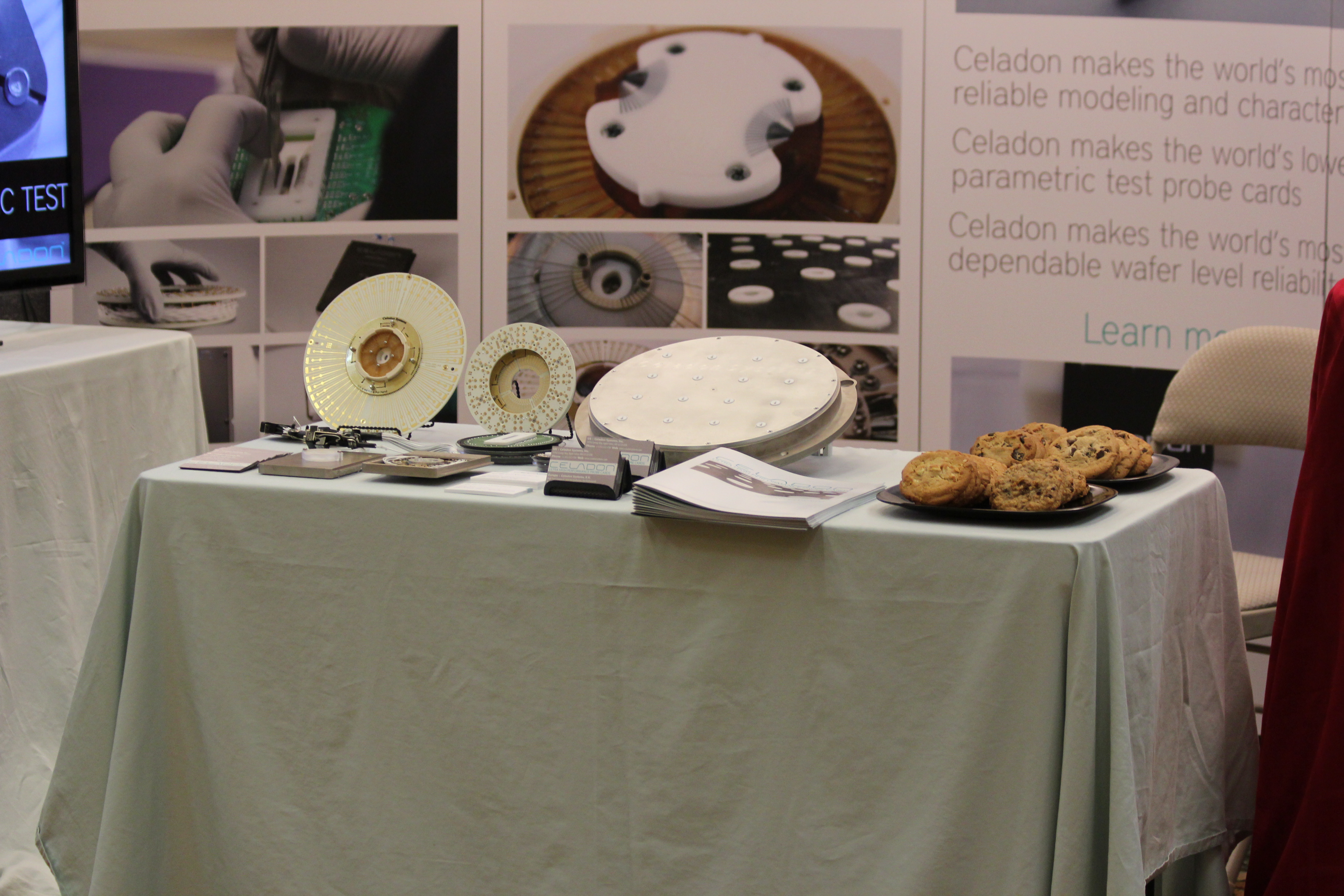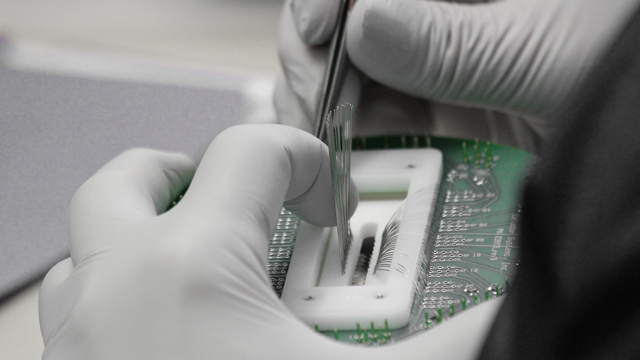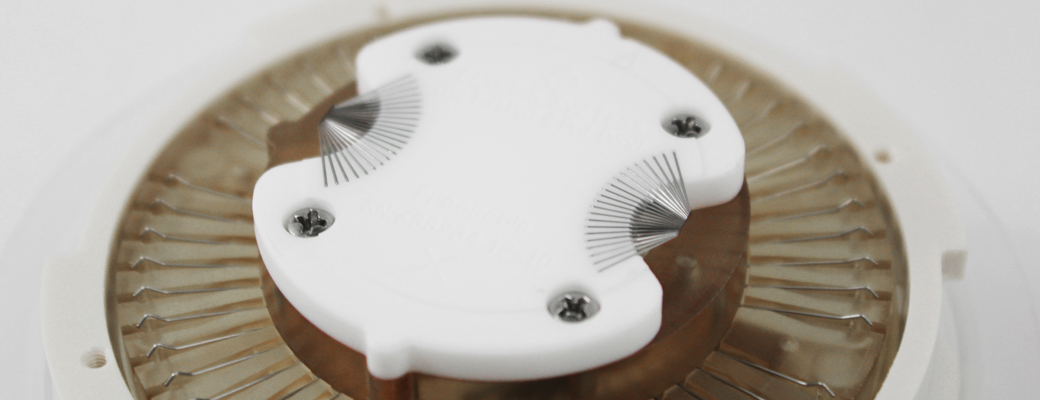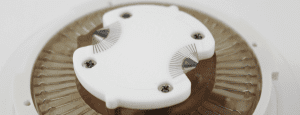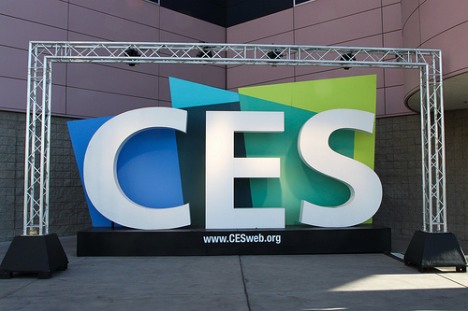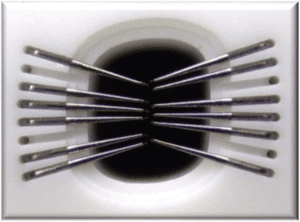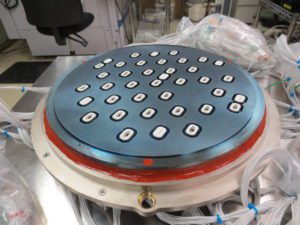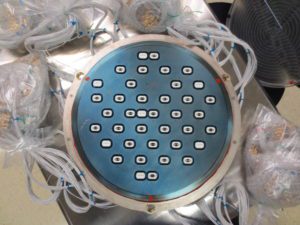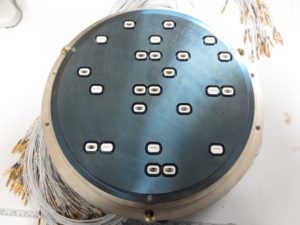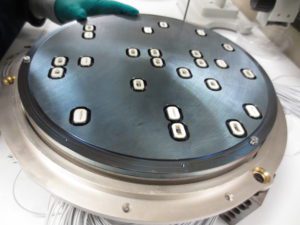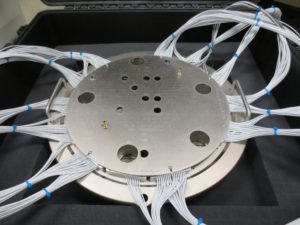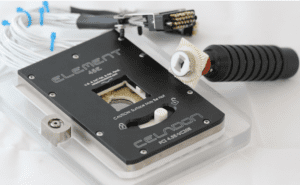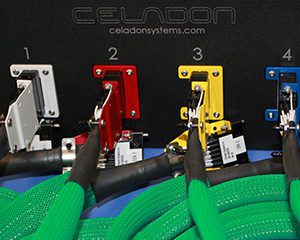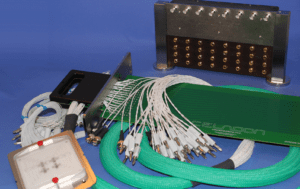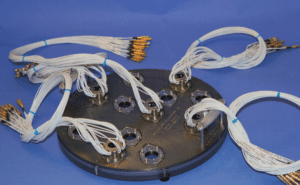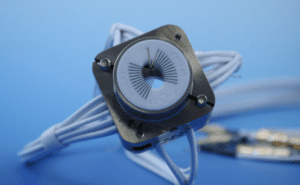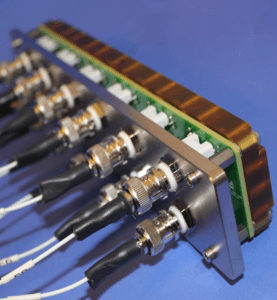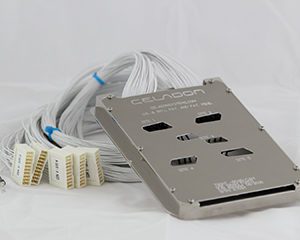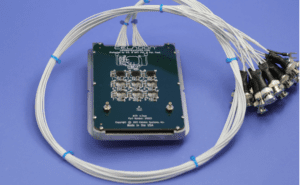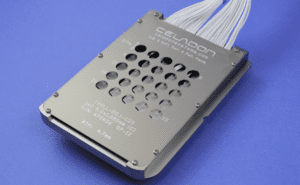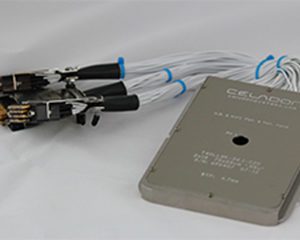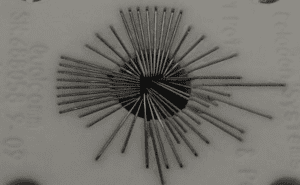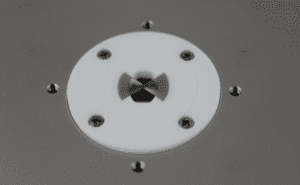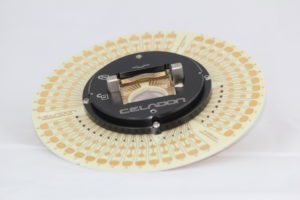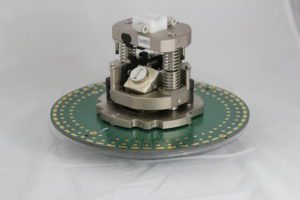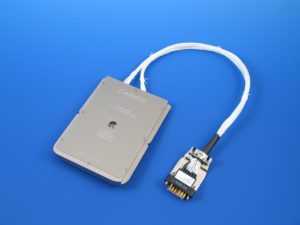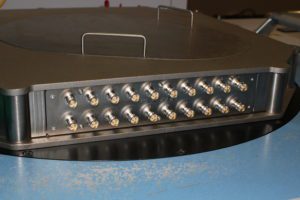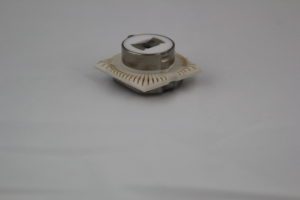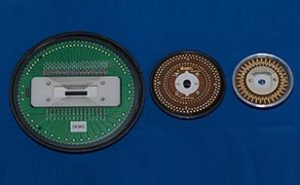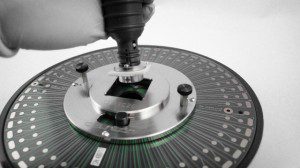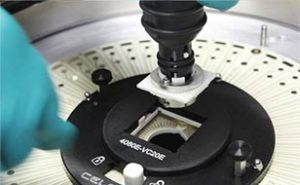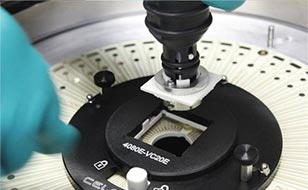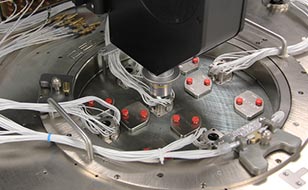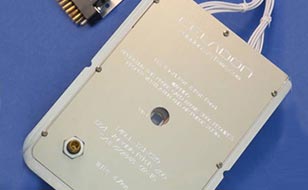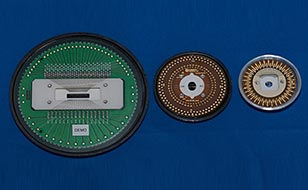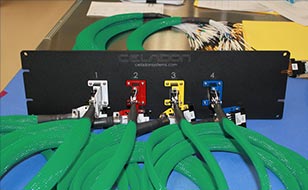 This past April, we attended the 2011 IRPS convention in Monterey, CA. After all the presentations wrapped up, and the last of the cookies at our booth were eaten, we had a chance to speak with some of the people involved, and what they saw as significant ideas presented during the convention (full program here).
This past April, we attended the 2011 IRPS convention in Monterey, CA. After all the presentations wrapped up, and the last of the cookies at our booth were eaten, we had a chance to speak with some of the people involved, and what they saw as significant ideas presented during the convention (full program here).
IEEE General Chair Jim Stathis was happy, especially with the evening poster session hosted at the Monterey Aquarium. “It was encouraging that attendants spent the entire evening of the poster session asking questions from presenters. People could have gone around looking at all the different wings of the aquarium, but the poster floor was crowded right until the end of the night.”
Joe McPherson, who led a reliability tutorial, said the poster session was also a great opportunity to talk with people he hadn’t seen in a while. The evening, and the conference in general, was a “free exchange of ideas.”
As a general chair, Stathis wasn’t able to see many of the presentations, but he was impressed with what he was able to see. “Researchers from TSMC presented a paper, [Re-investigation of Gate Oxide Breakdown on Logic Circuit Reliability], that made some very good arguments that circuit performance isn’t affected by oxide breakdown.” Stathis said it was gratifying to see other researchers expanding on his 2001 paper, “Physical and Predictive Models of Ultrathin Oxide Reliability in CMOS Devices and Circuits.”
“Breakthroughs don’t come every year,” said McPherson. One idea that intrigued him, though, was the idea that in NBTI, traps may be pre-existing in gate oxide instead of being a result of the silicon-hydrogen bond breaking. “No-one’s sure if it’s true, but the old model is one we’ve been using the last decade or so, and we’ll see how it sorts out over the next few years.”
Breakthroughs may not come every year at IRPS. But at the Celadon booth, cookies do.
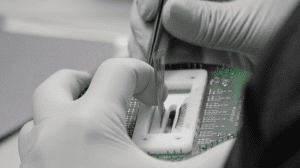 This past week Celadon was featured in a company profile in the Dakota County Tribune. We’ve been getting a lot of attention because we’re growing despite the recession, and we have a unique problem. Finding people with the right set of qualifications and requisite background in semiconductors has been a challenge.
This past week Celadon was featured in a company profile in the Dakota County Tribune. We’ve been getting a lot of attention because we’re growing despite the recession, and we have a unique problem. Finding people with the right set of qualifications and requisite background in semiconductors has been a challenge.
Luckily, though, in the past three weeks we’ve attended job fairs at the University of Minnesota and at the Lockheed Martin-sponsored event at the Eagan Community Center, and have met a lot of people with strong yet diverse engineering backgrounds. As we continue to grow both domestically and internationally, we’ll keep posting new jobs on our careers page and on our Twitter feed.
 With the 2011 CES now safely behind us, and we’ve been able to wade through all the writeups of amazing new tech toys that may never be enjoyed on a mass scale, or perhaps more appropriately, why the CES is ultimately doomed(according to Slate columnist Farhad Manjoo), there is a common theme we can take away from it all. It’s certainly not a new idea, but one that was far more apparent than in the past few years.
With the 2011 CES now safely behind us, and we’ve been able to wade through all the writeups of amazing new tech toys that may never be enjoyed on a mass scale, or perhaps more appropriately, why the CES is ultimately doomed(according to Slate columnist Farhad Manjoo), there is a common theme we can take away from it all. It’s certainly not a new idea, but one that was far more apparent than in the past few years.
As EE Times alluded to, the rapidly-expanding market of tablet computers akin to the iPad, along with smartphones of every shape and size imaginable, the demand for wireless transmitters and receivers, especially ones that can handle high-bandwidth media and allow seamless interaction with other devices, is where the real future for consumer electronics lays. As with any consumer, or for that matter, industrial, product, the race is on for the fastest, smallest, and cheapest wireless chips.
It’ll be exciting to see how that market grows, and how different companies tackle the challenges, and in turn, how we’ll grow to meet any new challenges in semiconductor testing. Who knows – our probe cards may never be wireless themselves, but we know some of our customers are already using tablets to review their test results in their laboratories.


